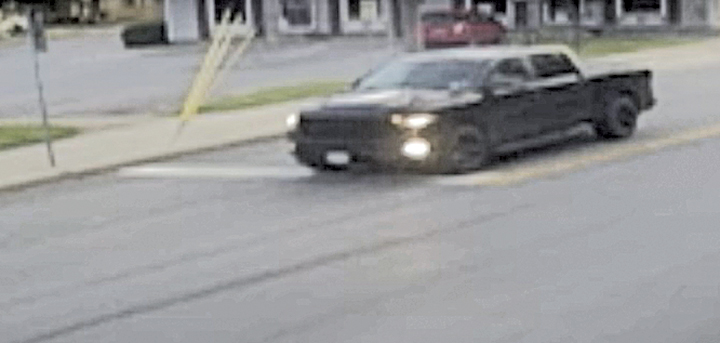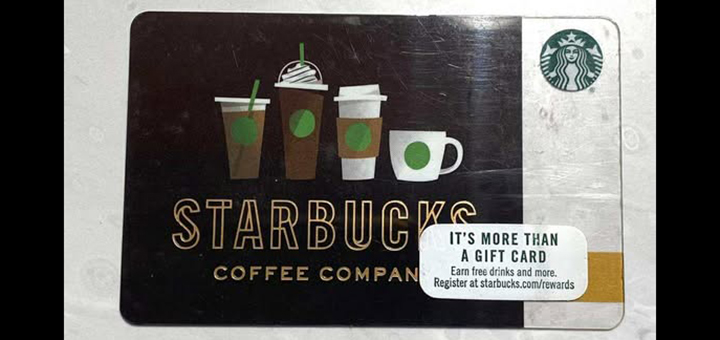Tax Foundation gives poor ranking to Chenango, upstate NY
NORWICH – As a percentage of home value, Chenango County comes in number 36 in a ranking of the highest-taxed counties in the nation.
A 2007-2009 ranking from The Tax Foundation, released last month, compared 1,823 counties (out of a possible 3,140) and found not only Chenango County in the top 50 with the largest property tax burden, but also listed 15 upstate New York counties as the highest taxed overall. Orleans County, with 2.99 percent of home value, was first. Neighboring Cortland County was sixth; Madison, 25th; and Broome, 31st.
New York State is the worst state in the U.S. to do business in, according to The Tax Foundation’s latest Business Tax Climate Index. The Foundation’s interactive map, available online at taxfoundation.org, ranks Wyoming as the best state in order to do business.
“Despite moderate corporate taxes, New York scores at the bottom this year by having the worst individual income tax, the sixth-worst unemployment insurance taxes, and the sixth-worst property taxes. The states in the bottom 10 suffer from the same afflictions: complex, non-neutral taxes with comparatively high rates,” the report states.






Comments